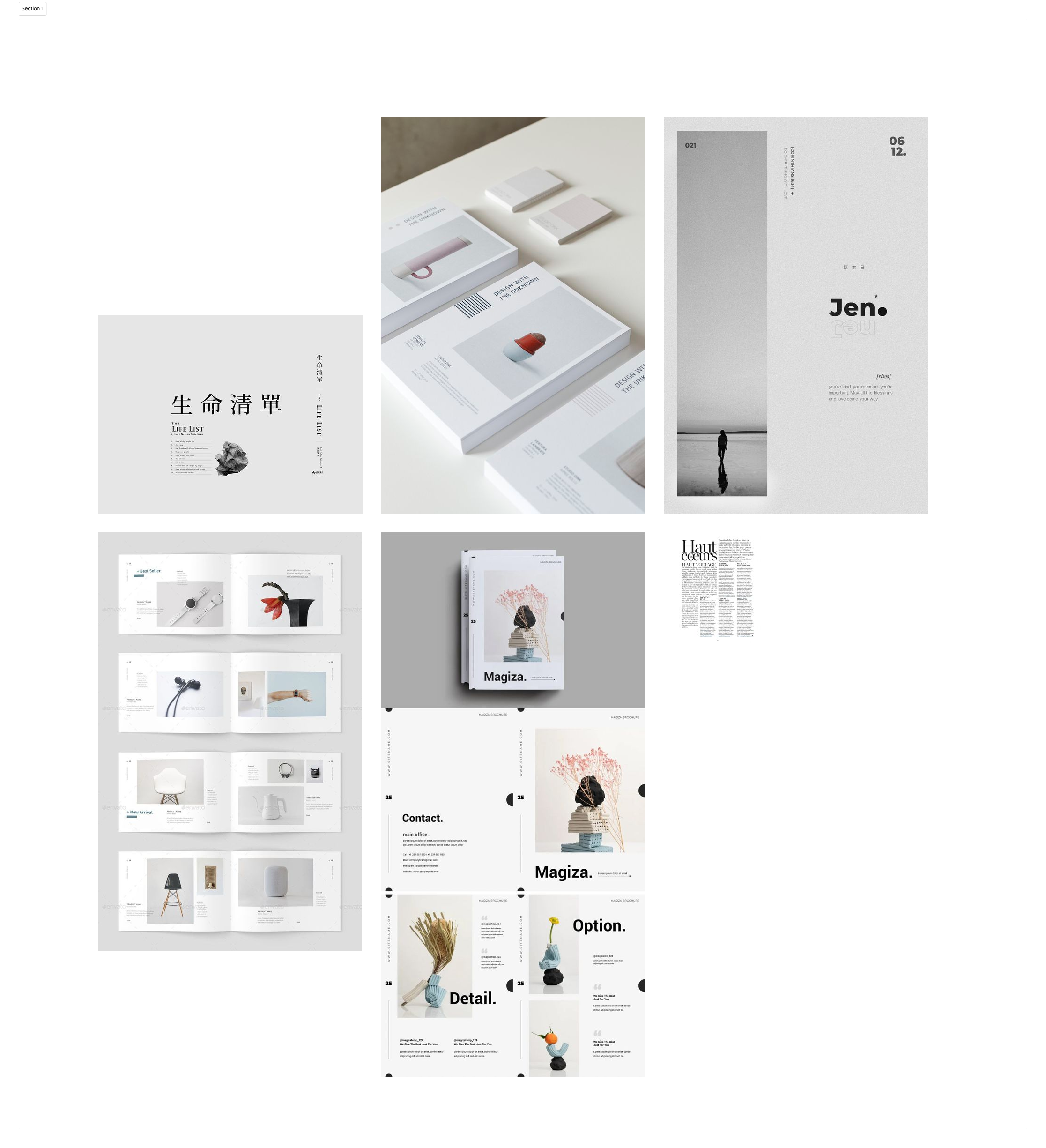Feedback and Reflection
After creating several design sketches, I found myself in a quandary. The designs still seemed too cluttered with elements. Andreas reviewed my situation and suggested that referencing other reader extensions might be beneficial. I expressed concern that drawing too much from similar ideas could lead to my designs being indistinguishable from others. However, Andreas advised that design is an iterative process, building on what has been created before. This conversation alleviated my internal concerns about creating something too similar to existing designs and encouraged me to embrace references as a foundation for innovation rather than a limitation.
Andreas's advice resonated with me. It is a common practice to draw inspiration from existing designs to create something new and better adapted to user needs. Design does not occur in a vacuum, and acknowledging the iterative nature of design helped me to overcome my hesitation to use references. By embracing the design process's collaborative and cumulative nature, I could use existing models as a springboard for innovation, rather than viewing them as a constraint.
By understanding that design is evolutionary, I gained the confidence to analyze and incorporate aspects of existing designs, knowing that the final product would be unique to my vision and user requirements. This realization was instrumental in moving forward with the design process.
Overall, Andreas's guidance was instrumental in reorienting my approach towards design. It allowed me to appreciate the nuances of creating a user-focused design that is both functional and aesthetically pleasing. This approach will undoubtedly enhance the e-reader's usability and ensure that the final design aligns well with my users' needs and the objectives of my project.

